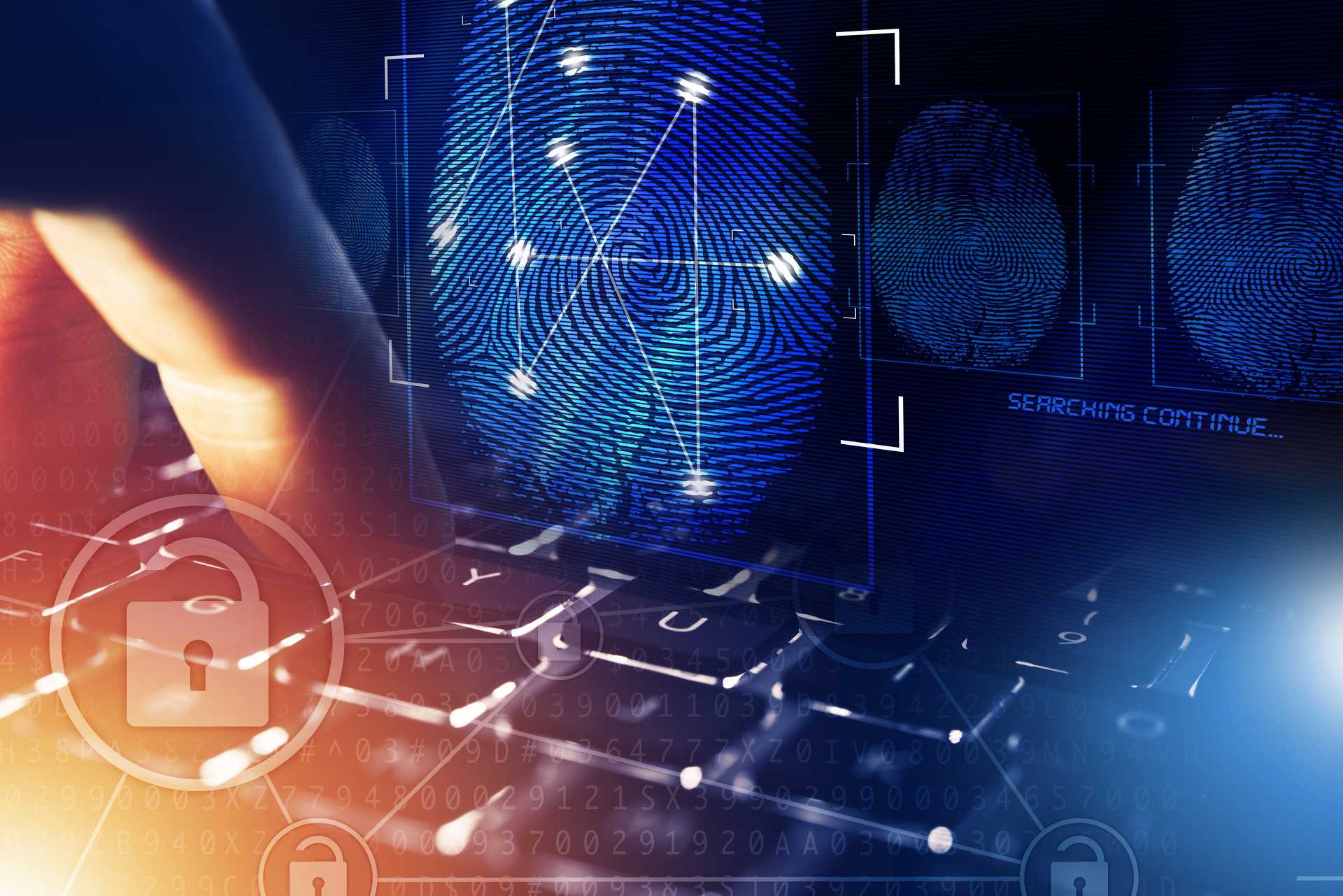When speaking about cybersecurity, the terms Strong Authentication, Two-Factor Authentication (2FA) and Multi-Factor Authentication (MFA) are often used interchangeably. In particular, many think that secure authentication must necessarily rely on two or more factors. In reality, things are different.
What does authentication mean?
Authentication is the process of verifying the identity of a user. It is useful to protect information systems from unauthorized access. The authentication process typically involves the user providing credentials, such as a password, which is then checked against a database of authorized users. If the credentials match, the user is granted access to the system.
The authentication methods can be:
- Single-Factor Authentication,
- Multi-Factor Authentication.
Single-Factor Authentication
Single-Factor Authentication (SFA) is an authentication method in which only one factor is used to verify the user’s identity. This factor can be something that the user knows, such as a password or PIN, or something that the user has, such as an ID card or security token. Fingerprint and face recognition are other common authentication factors.
A simple example of SFA is the password we use to log in to our email account.
The main advantage of SFA is that it is relatively simple to implement and use. Unfortunately, it is not very secure, since all an attacker needs to do to gain access to the system is to obtain the user’s password or ID card. However, Fingerprint and face recognition ensure higher security levels.
Multi-Factor Authentication
Multi-Factor Authentication (MFA) is an authentication method that requires more factors to verify the user’s identity.
The authentication factors must belong to different categories. The categories are:– Knowledge: something only the user knows (password, pin,);– Possession: something only the user has (ID card, USB token, key);– Inherence: something only the user is (fingerprint, retina, voice)
An example of MFA is the access to an online bank account which usually mix password, OTP codes and/or biometric factors.
The main advantage of MFA with more than two factors is that it is even more secure than TFA. Indeed, it is hard for an attacker to obtain all the factors to gain access to the system. However, MFA is more complex to implement and use.
Two-Factor Authentication
Two-Factor Authentication (TFA) is MFA method that uses two factors to verify the user’s identity. The first factor is typically something that the user knows, such as a password or PIN. The second factor is usually something that the user has (ID card, security token), or is (any biometric recognition factor). In any case, the two factors must belong to different categories. The first factor declares the identity of the user, while the second verifies it.
An example of Two-Factor Authentication is an app that asks the users a combination of a password and a security code. Usually, the latter is sent to the user’s mobile phone by a third-party authenticator (TPA).
TFA is more secure than SFA, since the attacker needs to know both factors to gain access to the system. However, it is more complex to implement and use.
Other common names for TFA are double-factor authentication, two-step authentication or two-step verification.
Strong Authentication
Strong Authentication is any method of authentication that ensures the cybersecurity of the system it protects.
According to the European Central Bank, Strong Authentication combines at least two factors of different nature. Additionally, it should include one non-reusable element, such as a temporary PIN.
However, the security of an authentication system doesn’t depend only on the number of authentication factors. As we seen for the SFA, biometric authentication is a Strong Authentication even if it relies on a single factor, which however a cyber criminal cannot steal o reproduce.
Strong Authentication: which is the most secure method?
There is no definitive answer to this question as the most secure authentication method depends on the specific context and the type of information to protect.
In general, Multi-Factor Authentication is more secure than Single-Factor Authentication because it adds an additional layer of security. However, even the most secure authentication method is not 100% effective in preventing identity theft or data breaches. The best way to protect your information is to use a combination of authentication methods and to keep your authentication factors safe.








